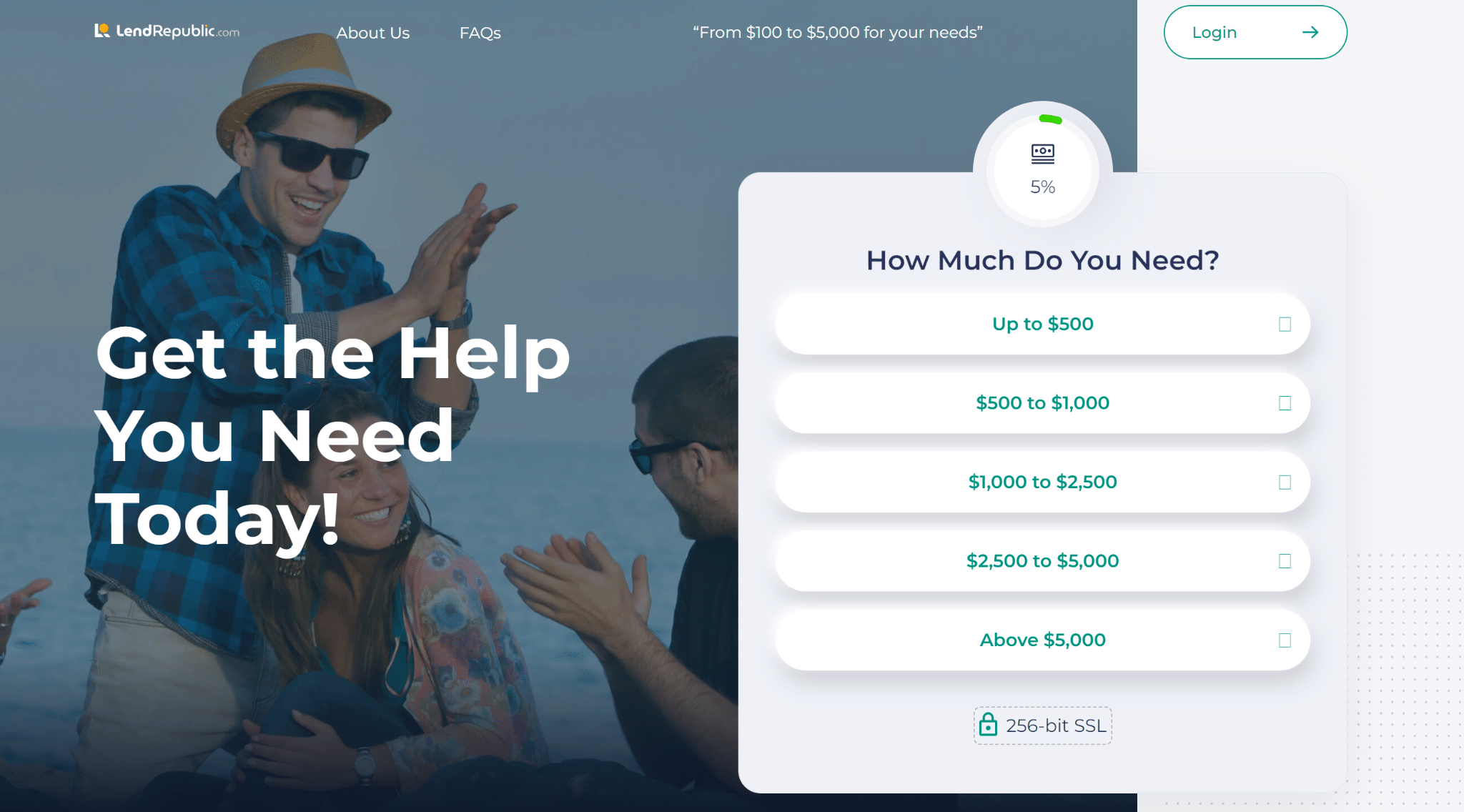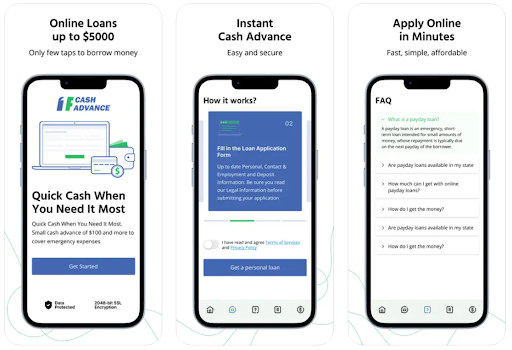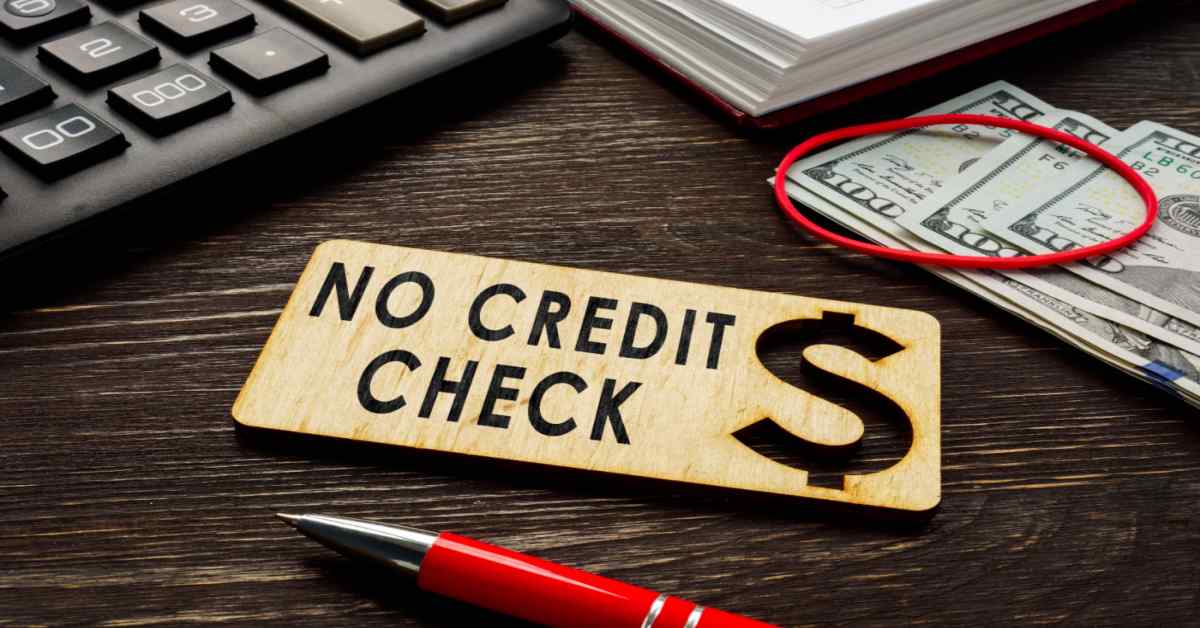Cash App Loans No Credit Check

Cash App, the popular mobile payment service, has quietly rolled out a lending feature, offering small, short-term loans to select users with no credit check required. This move, while potentially providing access to quick funds for some, also raises concerns about predatory lending practices and the potential for users to fall into debt traps.
The introduction of Cash App Loans represents a significant expansion of the platform's services, moving beyond peer-to-peer transactions and into the realm of consumer lending. This development has sparked both excitement and apprehension among financial experts and users alike, highlighting the complex implications of fintech companies entering the lending market.
Who, What, Where, When, Why, and How
The Who: Eligibility and Availability
Cash App Loans are not universally available to all users. Eligibility is determined by Cash App's internal algorithms, taking into account factors such as account activity, payment history, and overall usage of the platform. The company has been tight-lipped about the specific criteria, leading to some confusion and speculation among users.
According to Cash App's website, loan availability and terms vary by user and may not be offered to everyone. Block, Inc., Cash App's parent company, has not released specific data on the percentage of users who qualify for loans.
This limited availability raises questions about fairness and transparency in the loan approval process, particularly in the absence of traditional credit checks.
The What: Loan Amounts and Terms
The loan amounts offered through Cash App Loans are relatively small, typically ranging from $20 to $500. These are designed to cover short-term expenses or unexpected financial needs.
However, the interest rates and repayment terms can be quite steep. Users report annual percentage rates (APRs) ranging from 12% to over 200%, depending on the loan amount and repayment period. Repayment periods typically range from a few weeks to a month.
This means that borrowers could end up paying a significant amount in interest and fees, especially if they struggle to repay the loan on time.
The Where: A Mobile Lending Platform
Cash App Loans are exclusively offered through the Cash App mobile application, making them accessible to users with smartphones and internet access. This convenience is a major draw for many borrowers, particularly those who may have difficulty accessing traditional banking services.
The ease of applying for and receiving a loan through the app can be both a blessing and a curse. While it simplifies the borrowing process, it also lowers the barrier to entry, potentially encouraging impulsive borrowing decisions.
The mobile-first approach underscores the growing trend of fintech companies disrupting traditional lending models.
The When: Gradual Rollout
Cash App Loans were quietly introduced in late 2020 and have been gradually rolled out to more users since then. There has been no major public announcement or marketing campaign promoting the service.
This gradual rollout suggests that Cash App is taking a cautious approach to lending, likely monitoring user behavior and making adjustments to the program as needed. However, the lack of transparency has also drawn criticism from consumer advocates.
The timing of the rollout coincides with a period of increased demand for short-term loans, driven by economic uncertainty and the ongoing COVID-19 pandemic.
The Why: Meeting a Demand, Raising Concerns
Cash App's decision to offer loans is likely driven by a desire to meet the growing demand for short-term credit, particularly among younger and lower-income individuals. The company likely sees this as a way to increase user engagement and generate revenue.
However, the high interest rates and short repayment terms raise concerns about predatory lending. Consumer advocates argue that these loans could trap vulnerable borrowers in a cycle of debt.
"The absence of a traditional credit check does not mean the absence of risk,"warns Lauren Saunders, associate director at the National Consumer Law Center. "These loans can be deceptively expensive and may not be the best option for borrowers who are already struggling financially."
The How: A Streamlined Application Process
Applying for a Cash App Loan is a simple and straightforward process. Users can access the loan feature within the app, select the desired loan amount, and agree to the terms and conditions. If approved, the funds are typically deposited into the user's Cash App balance within minutes.
This streamlined application process is a key differentiator from traditional lending institutions, which often require extensive paperwork and credit checks. However, it also means that borrowers may not fully understand the risks and obligations associated with the loan.
The ease of access, combined with the high interest rates, creates a potentially dangerous combination for financially vulnerable individuals.
Potential Impact
Cash App Loans have the potential to provide quick access to funds for those who need it, but they also carry significant risks. The high interest rates and short repayment terms could exacerbate existing financial problems for some borrowers.
The lack of credit checks could lead to over-lending and encourage borrowers to take on more debt than they can afford. This could have long-term consequences for their financial health and creditworthiness.
Consumer advocates are calling for greater transparency and regulation of Cash App Loans to protect vulnerable borrowers from predatory lending practices.
Conclusion
Cash App Loans represent a significant development in the fintech lending landscape. While the convenience and accessibility of these loans may appeal to some, borrowers should carefully consider the risks and potential costs before taking out a loan.
The long-term impact of Cash App Loans on consumers and the broader financial system remains to be seen. However, it is clear that the rise of fintech lending platforms is raising important questions about access to credit, consumer protection, and the future of finance.
As these platforms continue to evolve, it is crucial that regulators and policymakers take steps to ensure that borrowers are protected and that the lending market remains fair and transparent. Responsible borrowing and lending practices are paramount to avoid creating a new wave of debt-related problems.










![Cash App Loans No Credit Check 5 Best $50 Loan Instant No Credit Check Apps [2023]](https://mamainvesting.com/wp-content/uploads/2022/08/1-34-1024x576.webp)







